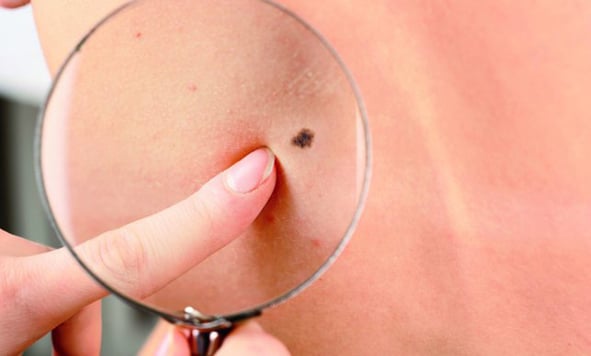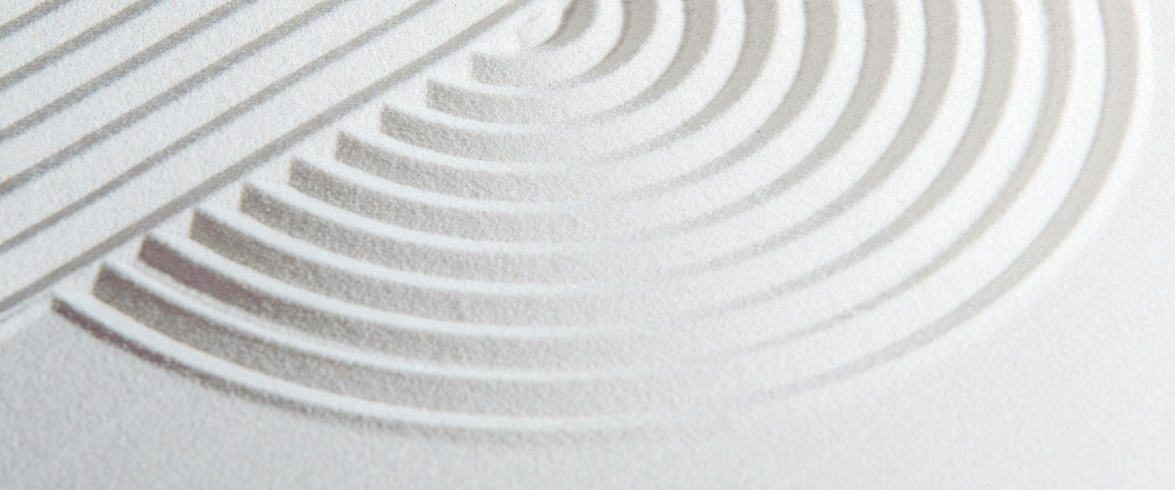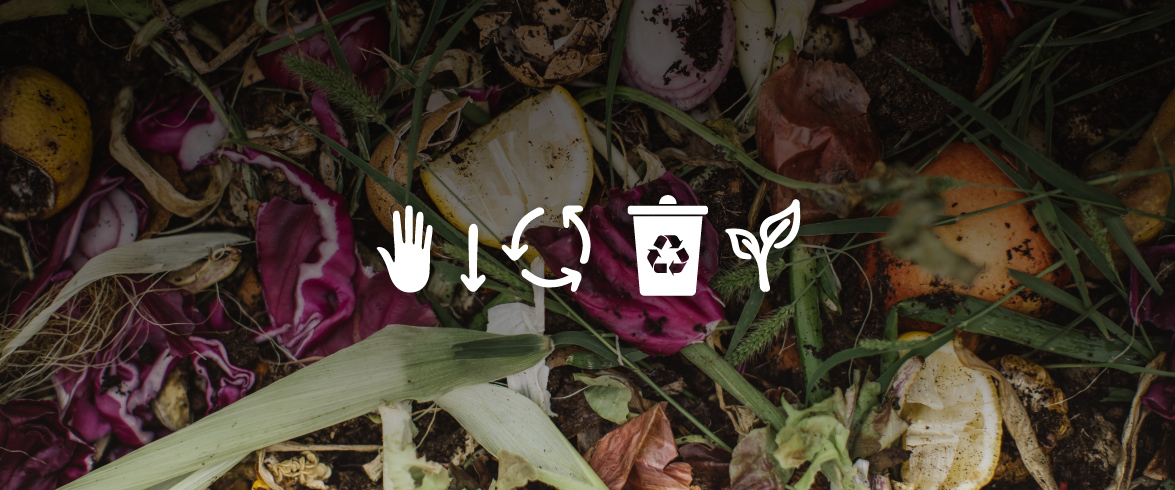In our monthly "Voice of The Customer' survey, our Members have been regularly telling us how much they appreciate the ability to get their mole mapping costs reimbursed. So, we felt it was timely to update this article and post it again.
As we enter the final month of spring, we strongly recommend our Members to get their skin checked by a professional. As one of our members recently remarked it's an essential service these days and we can help with the cost.
Melanoma is a type of skin cancer that develops from pigment producing cells in the skin, called melanocytes, which are the cells responsible for the colour of our skin, eyes and hair. When these cells divide uncontrollably it results in melanoma.
Melanoma can be more serious than other types of skin cancer, such as basal cell carcinoma or squamous cell carcinoma; it can progress quickly and can be life-threatening.
Why are skin checks important?
A simple skin check will go a long way towards protecting your skin and helping you spot any moles or skin patches that have appeared or changed over time. So we have put together an article drawing from information available from SunSmart and Melanoma NZ to help with some useful advice for doing so...
The Ministry of Health recommends that all adults, particularly people 50 and over:
- regularly examine their skin - including skin that's usually covered up - so they know when something changes
- get someone else to check areas they can't see, such as their back and scalp
- see a doctor about anything that looks suspicious.
Melanoma and non-melanoma skin cancers kill over 500 New Zealanders a year, with melanoma causing most of the deaths.
- Melanoma skin cancers: Melanomas appear as a new spot, or an existing spot, freckle or mole that changes colour, size or shape, and they may be itchy or bleed.
- Melanomas can appear anywhere on the body, even on parts that aren’t usually exposed to the sun, such as the soles your feet.
Non-melanoma skin cancers: There are two types of non-melanoma skin cancers – basal cell carcinomas (BCC) and squamous cell carcinomas (SCC).
- BCCs appear as a pale red or pearly smooth lump, usually on the face or neck.
- SCCs often appear as a raised, crusty, non-healing sore. They are commonly found on the hands, forearms, ears, face or neck. SCCs found on the lips and ears have a high risk of spreading.
If you’ve ever been sunburnt, your chances of developing one of the forms of skin cancer during your life increases. So follow our tips below...
1. Frequency
Check your skin often enough so it becomes a regular habit. Talk to your doctor about how often they recommend you check your skin.
Your doctor can use the Melanoma Risk Predictor tool. This tool estimates your risk of getting a melanoma in the next five years. Based on your estimated risk, you and your doctor can agree how often you should have a full body skin check.
2. How to do the check
Look over your entire body regularly. Skin cancers can be in places you can’t see yourself, so remember to check in places that are hard to see or might not normally get exposed to the sun such as:
- your armpits
- behind your ears
- your scalp
- the bottom of your feet
- your fingernails and toenails.
Use a hand mirror if you don't have someone who can check these awkward places for you. It’s a good idea to keep track of how spots and moles look so you know if they have changed since you last checked your skin. If you have any concerns, talk to your doctor and show them what is worrying you.

Melanoma NZ has developed a video that shows you how to check your skin. Watch the full video here. Or visit the Ministry of Health’s website for more advice on checking your skin.
3. See your doctor
See your doctor as soon as possible if you:
- see or feel something that's new on your skin
- see or feel something that’s different from other moles
- notice a mole that’s changed from the last time you checked - this could include a change in the colour, shape or size, or if it is bleeding or itchy.
Some skin cancers can spread very quickly, so noticing a change in your skin quickly (early detection) means that it's more likely to be treated successfully.
Remember we can help with the cost
Please remember, under the Medical, Specialist and Tests benefits of our day to day health plans, HealthCarePlus and UniMed policyholders who have been with us for more than 3 months can claim back 50% of the cost of their GP visits as long as they don't exceed their annual benefit maximum.
In addition to that members who have Primary Care Extra are eligible to claim back 50% of the cost of mole mapping, if it doesn't exceed that annual benefit maximum. To read more, please click here.




